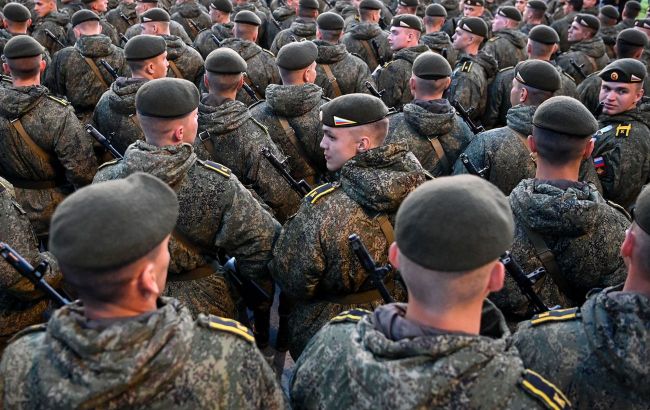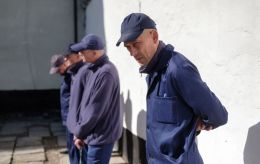Can Russia sustain war in Ukraine? ISW outlines key challenges
 Illustrative photo: An expert named the challenges that await the Russians in the ongoing war with Ukraine (Getty Images)
Illustrative photo: An expert named the challenges that await the Russians in the ongoing war with Ukraine (Getty Images)
Despite possible plans by Russian dictator Vladimir Putin on the front in Ukraine, Moscow's ability to continue the war even at its current pace after 2025 will be highly questionable, according to an RBC-Ukraine article.
As Russia analyst at ISW Christina Harward noted, Russian forces are currently mostly focused on advancing in the Donetsk region. This is because the Russian leadership seeks to occupy the entire territory of the Luhansk and Donetsk regions.
"Russian forces would likely continue these efforts, especially to take the rest of the Donetsk region, in the future, but will struggle to seize Ukraine's fortress belt of heavily fortified cities along the Sloviansk-Kramatorsk-Kostyantynivka line," Harward says.
However, according to the ISW analyst, capturing this agglomeration will be a huge challenge for Moscow, as it will require a great deal of manpower and weaponry.
Despite Putin's plans on the front line, the Russians’ ability to sustain the war at its current pace beyond 2025 is highly questionable. Right now, Russia is conducting intensive infantry assaults that result in heavy personnel losses. Against this backdrop, Moscow is being forced to offer increasingly large financial incentives to its citizens to recruit enough people into the army to replenish these losses.
"Russia's ability to continue these crypto-mobilization efforts in the medium-term is unlikely, as the Russian economy and Kremlin coffers will struggle to continue with these high expenditures. Putin may be faced with a tough decision about conducting another highly unpopular partial involuntary reserve call-up like the one we saw in September 2022," Harward says.
Another problem Russia will face in the next 12–18 months is the depletion of its equipment stockpiles. The Russian defense-industrial base cannot produce new vehicles or artillery systems fast enough to replace current battlefield losses.
The Kremlin relies heavily on its stockpiles of Soviet-era equipment. But this is a limited resource, which is forecasted to run out by the end of 2025 or in 2026, ISW adds.
"Russia could lean on some of its allies and partners in the future to make up for any shortages, but there are likely limitations in these partnerships. North Korea may be willing to supply more troops, materiel, or equipment to Russia in the future, but Iran's ability to supply Russia with armored vehicles, artillery systems, or ammunition is likely inhibited by Iran's own limited defense industrial capacity and China appears so far to be unwilling to support Russia directly," Harward believes.
Russia's offensive in Kharkiv region
According to the Commander-in-Chief of the Armed Forces of Ukraine, Oleksandr Syrskyi, Russia has already effectively launched an offensive in the north and east of Ukraine.
However, the General Staff believes that this is part of the offensive actions the Russians began back in May 2024. There are no fundamental changes on the front.
In particular, the Khortytsia operational-tactical group of Ukrainian Armed Forces reported yesterday that the Russians tried to advance in the area of Vovchansk, but Ukraine's Defense Forces destroyed an enemy armored group, and clearing operations are ongoing.

